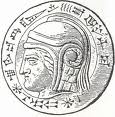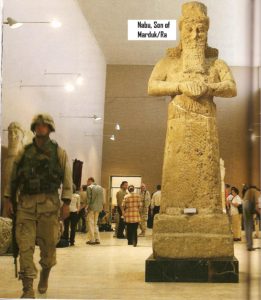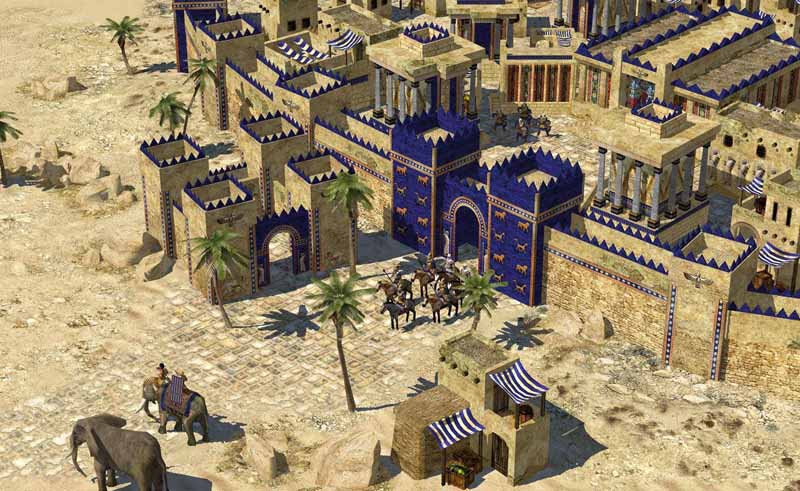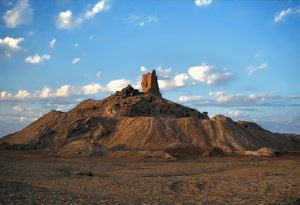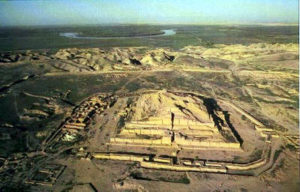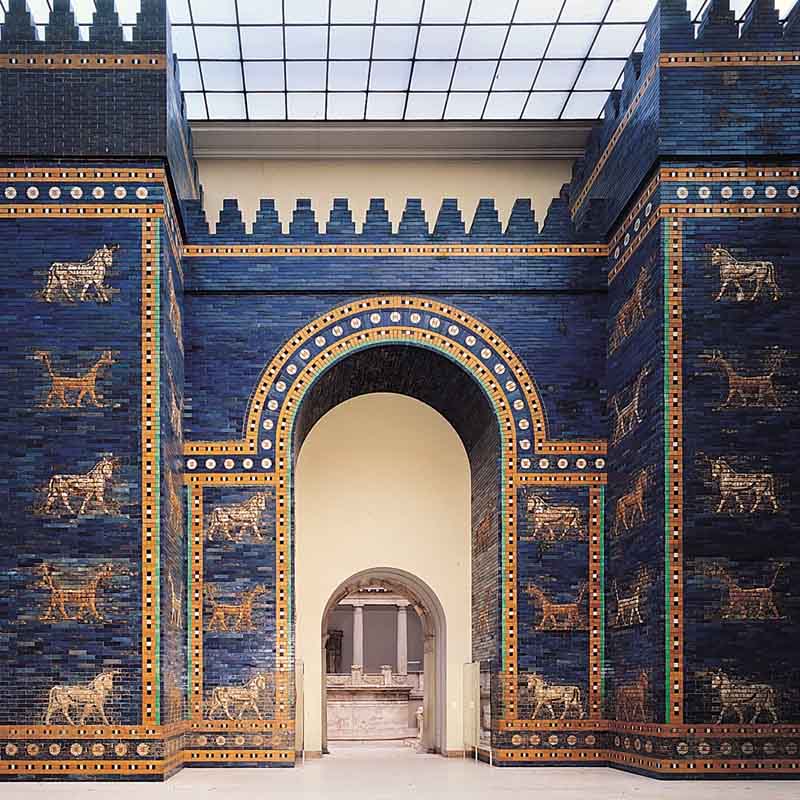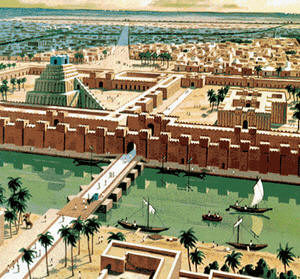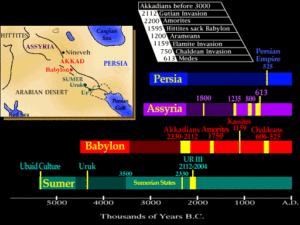(Texts: All Artifacts, Color Coding, & Writings in Bold Type With Italics Inside Parenthesis, are Added by Editor R. Brown, not the Authors, Translators, or Publishers!)
(gods in blue…mixed-breed demigods in teal)
|
TRANSLATION |
| Nebuchadnezzar, King of Babylon, the faithful prince appointed by the will of Marduk,
the highest of princely princes, beloved of Nabu (Marduk’s 3rd son), of prudent counsel, who has learned to embrace wisdom, who fathomed their divine being and reveres their majesty,
the untiring governor, who always takes to heart the care of the cult of Esagila and Ezida
and is constantly concerned with the well-being of Babylon and Borsippa,
the wise, the humble, the caretaker of Esagila (Marduk’s residence) and Ezida (Nabu’s residence), the firstborn son of Nabopolassar, the King of Babylon. Both gate entrances of Imgur-Ellil and Nemetti-Ellil — following the filling of the street from Babylon—had become increasingly lower. Therefore, I pulled down these gates and laid their foundations at the water-table with asphalt and bricks
and had them made of bricks with blue stone on which wonderful bulls and dragons were depicted. I covered their roofs by laying majestic cedars length-wise over them. I hung doors of cedar adorned with bronze at all the gate openings. I placed wild bulls and ferocious dragons in the gateways and thus adorned them with luxurious splendor so that people might gaze on them in wonder I let the temple of Esiskursiskur (the highest festival house of Markduk, the Lord of the Gods— a place of joy and celebration for the major and minor gods) (ancient precinct of Babylon; mud-brick-built ziggurats inside mud-brick-built cities of Mesopotamia) be built firm like a mountain in the precinct of Babylon of asphalt and fired bricks. (far stronger bricks than our best bricks today, lasting thousands of years, not hundreds of years!) |
 (Nebuchadnezzar II’s inscription of this text on the gate of Babylon, known as “Gate of Ishtar“)
(Nebuchadnezzar II’s inscription of this text on the gate of Babylon, known as “Gate of Ishtar“)
|
DESCRIPTION |
|
|---|---|
| Language: | Akkadian |
| Medium: | glazed brick |
| Size: | c. 15 meters high c. 10 meters wide |
| Length: | 60 lines of writing |
| Genre: | Dedication Inscription |
| Dedicator: | Nebuchadnezzar King of Babylonia (reigned 605—562 BCE) |
| Approximate Date: | 600 BCE |
| Place of Discovery: | Babylon (near modern Baghdad, Iraq) |
| Date of Excavation: | 1899—1914 |
| Current Location: | |

